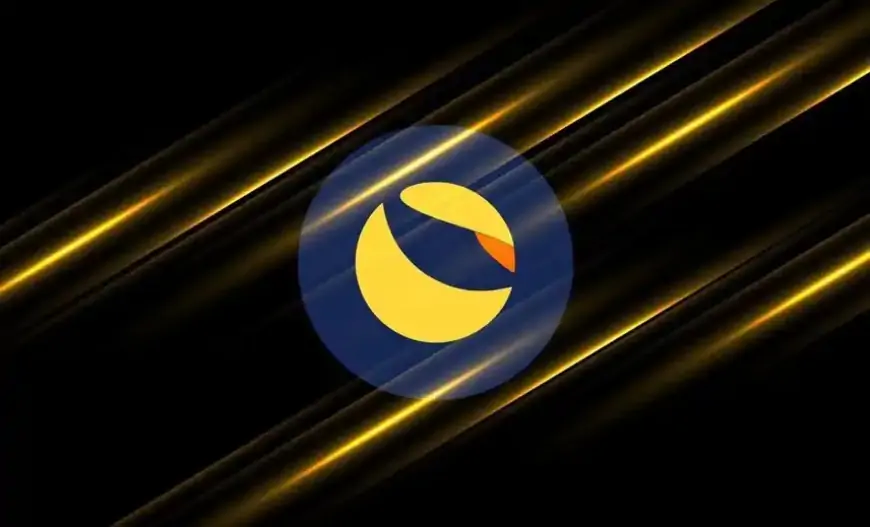What is Terra Classic and how to buy? An ultimate guide in 2024
Discover Terra Classic, the blockchain born from a split in the original Terra network. Learn about its features and how to buy LUNC tokens.

In May 2022, we witnessed the catastrophic failure of Terra's LUNA network, resulting in billions of dollars in losses and triggering the collapse of other major cryptocurrency platforms. Following this event, the Terra Classic (LUNC) blockchain emerged as a result of a split in the original Terra blockchain.
This blog post explores Terra Classic, its background, features, and provides guidance on purchasing LUNC tokens.
What is Terra Classic (LUNC)?
Following the recent UST/Luna collapse and the introduction of a new Terra chain, the original Terra LUNA coin transitioned into LUNA Classic (LUNC). Kwon's response to his losses involved launching a new chain, Terra, while splitting the previous chain into Terra and LUNA Classic. Terra, also known as LUNA 2.0, will serve as the new chain, while LUNA Classic (LUNC) remains the native token for the original Terra LUNA blockchain.
The term "classic" draws parallels to the Ethereum and Ethereum Classic hard fork following Ethereum's DAO breach in 2017. This move is seen as a strategy to frame the UST crash as "Terra's DAO hack moment," as per Kwon's statements.
The updated Terra protocol now includes enhancements to support stablecoin developers in DeFi projects on Terra. This update led to the creation of Terra and LUNA cryptocurrencies, with Terra serving as the standard for stablecoins tied to fiat and other currencies, such as TerraUSD (UST) pegged to the US dollar and TerraKRW (KRT) pegged to the South Korean won.
The total supply of LUNC stands at 6904.01 billion, with a total market capitalization of approximately 620.39 million.
What sets LUNC apart from LUNA?
LUNC differs significantly from the original LUNA token. Here are the key distinctions:
- LUNA served as the native token of the Terra blockchain until its collapse in May 2022, designed to maintain a dollar peg algorithmically.
- Following the loss of its peg, the Terra blockchain underwent a hard fork, resulting in the creation of two distinct blockchains: Terra and Terra Classic.
- The original Terra blockchain retained the LUNA token ticker, but LUNA no longer maintained its dollar peg after the collapse.
- The new Terra Classic blockchain introduced the LUNC token ticker as its native currency.
- Holders of LUNA received LUNC tokens at a 1:1 ratio through an airdrop following the fork.
- LUNC and LUNA now exist on separate blockchains with different objectives. LUNC aims to rebuild the original Terra codebase without the dollar peg.
- LUNA remains on its original blockchain without a clear long-term viability, while LUNC has emerged as a distinct project.
In summary, while LUNC and LUNA are related due to the fork, they should be considered separate tokens issued on different blockchains post-Terra collapse, with LUNC representing the native currency of Terra Classic.
History of Terra Classic (LUNC)
Founded in January 2018, Terra aimed to address the challenge of widespread cryptocurrency adoption by crafting digital assets tethered to major fiat currencies, ensuring price stability. This vision drove the company's inception, conceived through discussions between co-founders Daniel Shin and Do Kwon, with the goal of facilitating immediate and extensive cryptocurrency and blockchain technology utilization.
Features of Terra Classic (LUNC)
LUNC retains all attributes of the original Terra Luna coin and serves as a stabilizing force for the Terra Classic stablecoin, TerraUSD (UST). Holders of LUNC gain voting rights to influence blockchain project direction, aligning with governance token objectives of decentralizing decision-making and empowering holders in project management. Staking LUNC tokens offers a passive income avenue, leveraging the staking functionality.
Terra Classic employs an internal stability mechanism as an algorithmic stablecoin, autonomously tracking the prices of other currencies or assets.
LUNC Token Value
The native token of the initial Terra blockchain iteration, Terra Luna Classic (LUNC), served as a reward for community members and mitigated price volatility of associated algorithmic stablecoins.
The primary goal in LUNC's creation was to reduce TerraUSD (UST) and other stablecoins' volatility. To achieve this, a process was established: during reduced user activity and increased stablecoin demand, additional LUNC tokens are mined, while during decreased user activity, a predetermined amount of LUNC is burned.
How to buy LUNC?
You have the option to purchase Terra Luna Classic (LUNC) directly through a transfer from your local bank, using the fiat currency of the transaction. If bank transfer isn't available in your local currency, an alternative method is to buy Terra Luna Classic (LUNC) using a credit card, with transaction fees applied to each purchase.












































